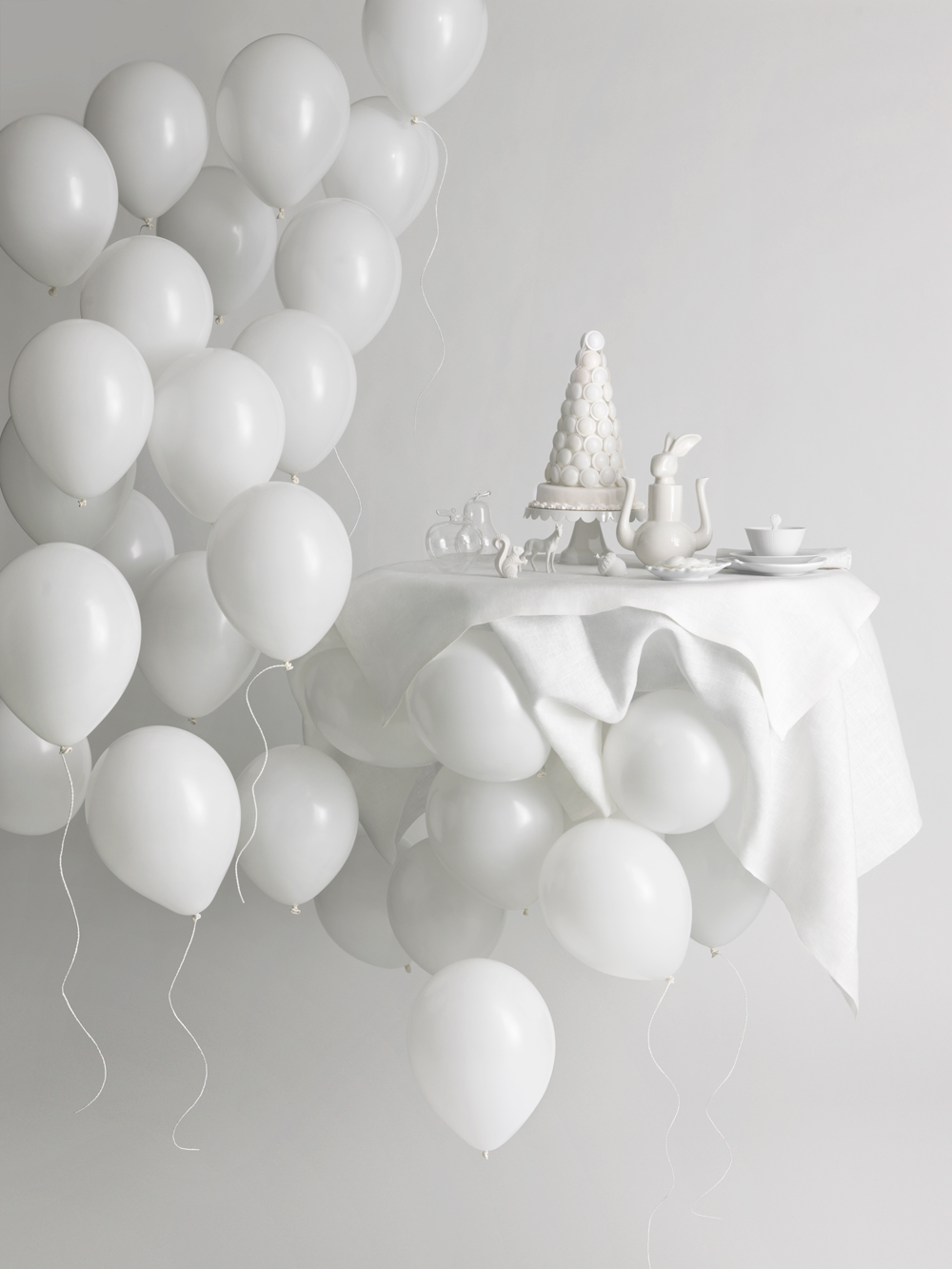

This time distribute points by going to Filter > Re-meshing-simplification and reconstruction > Use sub-division algorithm called LS3 loop. Now approximate more normals using the point cloud to add more detail. Turn on the Light found within the tool bar and also turn on Smoothing which is next to the light button. If a second model is loaded, the on-screen information is updated and the total number of vertices and faces is also shown. Make the numbers bigger if the point cloud is big. meshlab remove internal geometry This collection of chapters from the leaders in the field focuses on the constitutive laws for each organ. The Tools>Options menu allows also to change the top, background, ambient, specular, diffuse and area color, or to reset them to the original colors. Note: Including color in your models is important in this step to help visualize background to be removed. bg : color, str: background color or specify jpg image file name with path. Remove all non-coral background by highlighting the area to be removed with the Select Vertices tool (square selection tool along top toolbar) then deleting the selected area from the mesh. resetcam : bool: re-adjust camera position to fit objects camera : dict. MeshLab contains a pipeline for the alignment and projection of color information (from a set of uncalibrated images) onto a 3D model. besides the coral, including the scaling object. 3D Acquisition: Color Mapping and Texturing.

Now go to Filters > Point Set > Surface Reconstruction: Poisson, set parameters, 12 for Octree Depth and 7 for Solver Divide, these numbers can be changed depending on the scale of the original point cloud mesh. MeshLab provides several solutions to reconstruct the shape of an object, ranging from volumetric (Marching Cube) to implicit surfaces (Screened Poisson). This will create an even sampling distribution of the cloud points, and will give a general surface to work with. Now create a subset of the point cloud, go to Filters > Sampling > Poisson -Disk sampling, change the Number of Samples to 5000 and check the box for Base Mesh Subsampling.

Turn on layers from the top menu bar View -> Open Layer Dialog. Click 'Shift + A' on the keyboard a list will open on the screen. Change the camera to -1000 so that the sampling program knows that the cloud point data was taken from a large distance, this would give it a better idea where the normals should go. Select the cube with the left mouse button (the cube will be highlighted orange when selected). Other image file formats are incompatible with MeshLab. The Tools>Options menu allows also to change the top, background, ambient. a color similar to the overall color of the specimen is useful, as it helps cover up color discrepancies in the overlay. Recompute normals using Filter > Point Set -> Compute normals for point sets, change number to 16 for the number of neighbors and also check the box for Flip Normals. The effect is enabled with the menu Render>Lighting>Fancy Lighting.


 0 kommentar(er)
0 kommentar(er)
